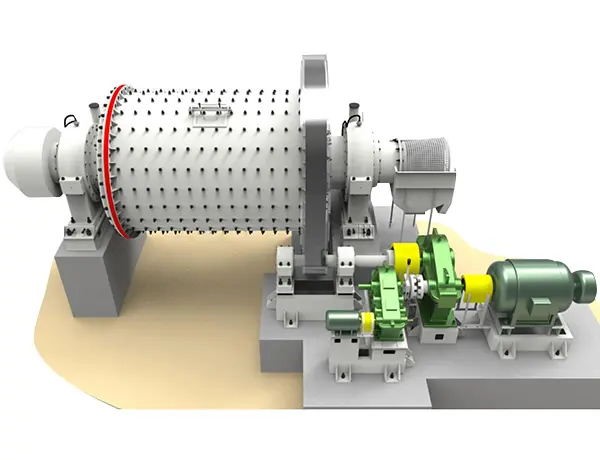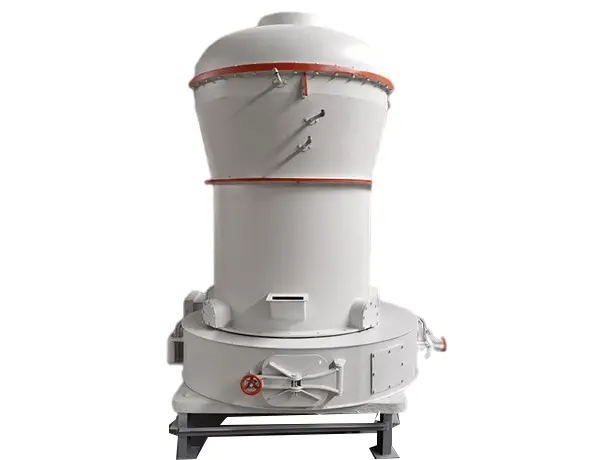A grinding mill is a machine that uses a rotating cylindrical tube, called a grinding chamber, which is partially filled with grinding media such as steel balls, ceramic balls, or rods. The material to be ground is fed into the grinding chamber, and as the chamber rotates, the grinding media and the material are lifted and then dropped by gravity. The lifting and dropping action causes the grinding media to impact the material, causing it to break down and become finer,It is commonly used in the production of food products, such as flour, as well as in the mining, construction, and chemical industries to reduce the size of minerals, rocks, and other materials.
There are different types of grinding mills and it can be classified based on the way the grinding media is arranged and the way the material is fed. Some common types of grinding mills include ball mills, rod mills, hammer mills, and vertical roller mills. Each type of mill has its own unique characteristics and is best suited for different types of materials and applications.
There are several types of grinding mills, each with their own unique characteristics and best suited for different types of materials and applications. Some common types of grinding mills include:
Ball Mills: A ball mill uses a rotating cylindrical chamber partially filled with grinding media, typically steel balls or ceramic balls, and the material to be ground. Ball mills are suitable for grinding a variety of materials, including minerals, ores, chemicals, and other abrasive materials.
 Rod Mills: A rod mill uses a long cylindrical chamber that is partially filled with grinding media, typically steel rods. The material to be ground is fed into one end of the chamber and as the chamber rotates, the steel rods grind the material by tumbling within the mill. Rod mills are typically used for coarse grinding, and are not as effective as ball mills for fine grinding.
Rod Mills: A rod mill uses a long cylindrical chamber that is partially filled with grinding media, typically steel rods. The material to be ground is fed into one end of the chamber and as the chamber rotates, the steel rods grind the material by tumbling within the mill. Rod mills are typically used for coarse grinding, and are not as effective as ball mills for fine grinding.
Each of these types of grinding mills has its own unique characteristics and is best suited for different types of materials and applications.
The working principle of a grinding mill is based on the fact that energy is applied to a material to reduce its size. The energy can be applied by a number of methods, such as impact, compression, or attrition, but in most grinding mills, the energy is applied by impact.
The basic principle of a grinding mill is that the energy is used to break down the material, typically by using a rotating cylindrical chamber that is partially filled with grinding media, such as steel balls, ceramic balls, or rods. The material to be ground is fed into one end of the chamber and as the chamber rotates, the grinding media and the material are lifted and then dropped by gravity. The lifting and dropping action causes the grinding media to impact the material, causing it to break down and become finer.
In ball mills, the grinding media is typically steel balls, which are lifted and dropped by the rotation of the mill. The impact of the balls causes the material to be broken down into finer particles. In a rod mill, the grinding media is typically steel rods, which are lifted and dropped by the rotation of the mill. The impact of the rods causes the material to be broken down into finer particles. In SAG, AG and other mills, a combination of large steel balls and the ore itself as the grinding media.
The size of the final product is determined by the size of the grinding media and the speed of the mill. The faster the mill rotates, the smaller the particles will be. The size of the grinding media can also affect the size of the final product. Larger grinding media will produce larger particles, while smaller grinding media will produce smaller particles.
The working principle of a grinding mill is simple and straightforward, but the details of the process can be quite complex, depending on the type of mill and the material being ground.
Post time: Jan-13-2023


